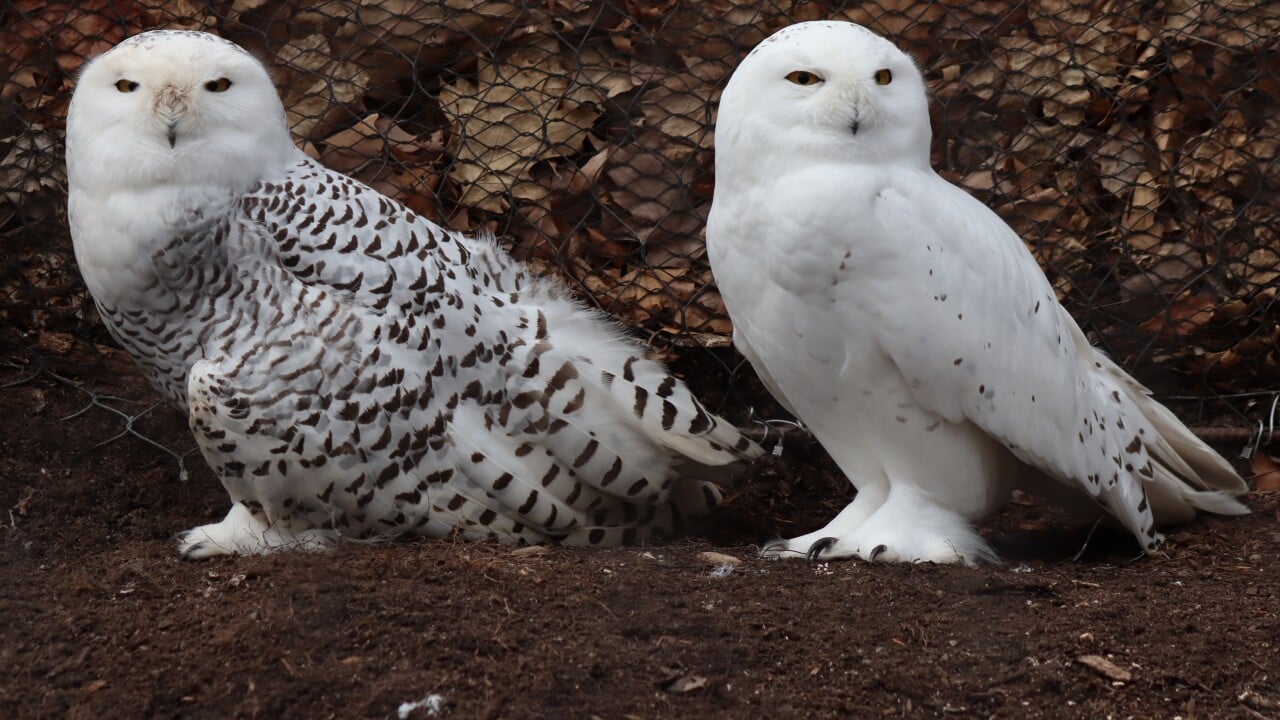this post was submitted on 25 Jan 2024
140 points (99.3% liked)
Superbowl
3264 readers
189 users here now
For owls that are superb.

founded 1 year ago
MODERATORS
you are viewing a single comment's thread
view the rest of the comments
view the rest of the comments

I've stressed that before when city people say they'll never see an owl, owls are everywhere people are, because that's where the rodents are, and where there's tasty rodents they'll be hungry owls to welcome them!
Some owls are deeeeeep woods creatures, but many have evolved to live better nearby to people. As I said, the rodents gather around all our food, and our clearing trees and maintaining fields and orchards give them nice places to sit up high, yet monitor a nice clear open area to fly. Little Owls are big fans of us humans, and I know I've posted some Australian studies about how Powerful Owls are adapting as cities and towns expand into their hunting areas.
Nesting depends on many conditions, since GHO are found over a wide range of ecosystems. From Wikipedia:
There are a lot of tall oaks and squirrels in my yard. I’ve see hawks too!